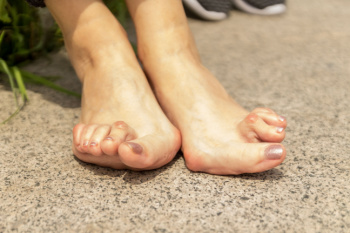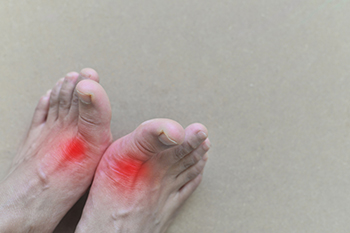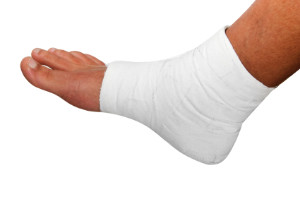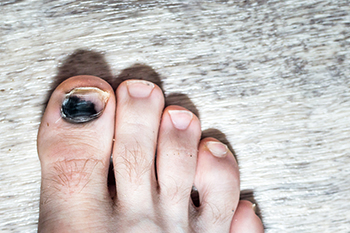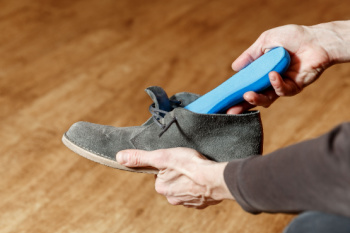
Many older adults have foot and ankle problems that affect their daily activities, balance, and quality of life. These issues, like dry skin, reduced joint movement, and weak feet, often lead to foot deformities, pain, and difficulty walking. Ankle-foot orthoses, or AFOs, are commonly used to help with these problems by supporting joints and improving stability. Custom-made orthotics align the foot, reduce pain, and encourage more physical activity. They can help improve balance and possibly reduce the fear of falling as well. If you are an older adult and are experiencing foot problems, or have a desire to prevent age-related foot conditions from interfering with life, it is suggested that you schedule an appointment with a podiatrist to discuss if custom-made orthotics are the right choice for you. Custom-made orthotics can lead to better balance and more activity, especially for those who wear them consistently.
If you are having discomfort in your feet and would like to try orthotics, contact Terri Quebedeaux, DPM from Agave Podiatry . Our doctor can provide the care you need to keep you pain-free and on your feet.
What Are Orthotics?
Orthotics are inserts you can place into your shoes to help with a variety of foot problems such as flat feet or foot pain. Orthotics provide relief and comfort for minor foot and heel pain but can’t correct serious biomechanical problems in your feet.
Over-the-Counter Inserts
Orthotics come in a wide variety of over-the-counter inserts that are used to treat foot pain, heel pain, and minor problems. For example, arch supports can be inserted into your shoes to help correct overarched or flat feet, while gel insoles are often used because they provide comfort and relief from foot and heel pain by alleviating pressure.
Prescription Orthotics
If over-the-counter inserts don’t work for you or if you have a more severe foot concern, it is possible to have your podiatrist prescribe custom orthotics. These high-quality inserts are designed to treat problems such as abnormal motion, plantar fasciitis, and severe forms of heel pain. They can even be used to help patients suffering from diabetes by treating foot ulcers and painful calluses and are usually molded to your feet individually, which allows them to provide full support and comfort.
If you are experiencing minor to severe foot or heel pain, it’s recommended to speak with your podiatrist about the possibilities of using orthotics. A podiatrist can determine which type of orthotic is right for you and allow you to take the first steps towards being pain-free.
If you have any questions please contact our offices located in Seguin, LaVernia, Gonzales, and Lockhart, TX . We offer the newest diagnostic and treatment technologies for all your foot and ankle needs.


